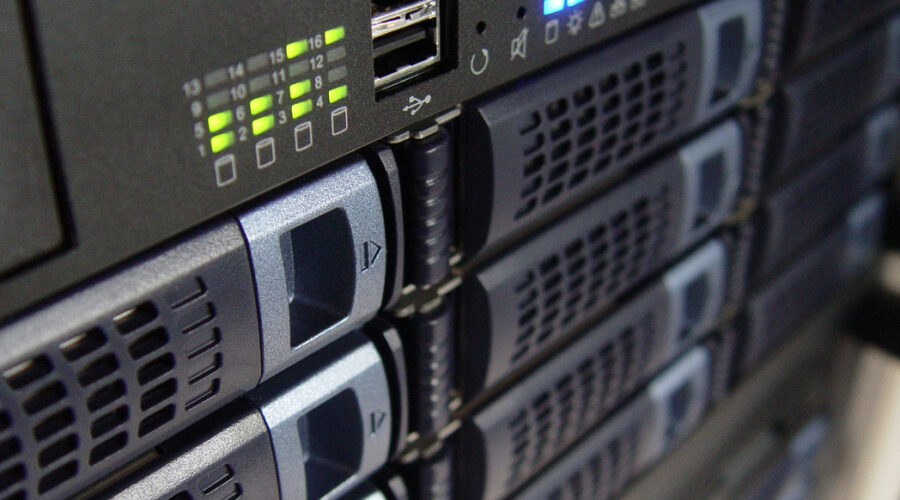In the world’s most sophisticated plants and shipyards, maintenance operations are carried out much differently than they once were. Technicians rely on data from sensors embedded within production equipment to predict rather than troubleshoot issues before they have a chance to cause harm. It’s an approach that Dell believes could be beneficial in other, more mundane settings too.
The company last week filed to patent a diagnostics application that applies a similar telemetry-based approach to finding faults in mass market electronics. Dell didn’t specify exactly what kind of hardware it’s targeting, but the technology outlines in the document should work with practically any device that has an onboard processor and a basic sensor package. More specifically, the software requires the ability to track five main parameters: power consumption, temperature, humidity, physical shock and air purity.
It’s a fairly modest checklist by modern standards that even an iPhone could fulfill. Apple admittedly doesn’t include atmospheric sensors in its handsets, but the newer models do pack a barometer and an ambient light detector that can register the key environmental factors Dell is looking to track.
The company’s software checks the data that it collects about a device against a pre-prepared list of the acceptable operating conditions for each component. Dell would have to individually input the specifications for each system that it’s looking to support, but the task shouldn’t pose much of an obstacle in the big picture. Its diagnosis software uses this information as a reference for identifying cases when a piece of hardware suffers excessive wear and tear.
Finally, the enriched sensory data is passed through “trending algorithms” that Dell says are designed to identify problem patterns. They look for persistent exposure to heat, moisture and other adverse conditions that can put a system at risk of malfunctioning. If a device starts experiencing voltage spikes, for instance, the software will send out an alert once the issue reaches a point where it may harm the power supply. Its algorithms are also capable of correlating fault data with other sensory measurements to predict more complex problems like motherboard damage.
This technology has a lot of potential uses for Dell. On the PC front, the company could ship the a sensory diagnosis application with its business laptops to let companies maintain employee hardware more effectively. Its filing highlights how the software could be set to automatically notify technicians of an issue before the affected user even has a chance to notice that their device is acting up. Moreover, such proactive analysis can be useful for maintaining mobile devices and even backend data center infrastructure.
The latter application arguably holds the most interest for Dell. Even when it was still a publicly-traded company, the technology giant derived most of its revenue from selling data center equipment. A tool that can let organizations proactively address component problems and increase the longevity of their hardware could go a towards setting Dell apart from the competition.
